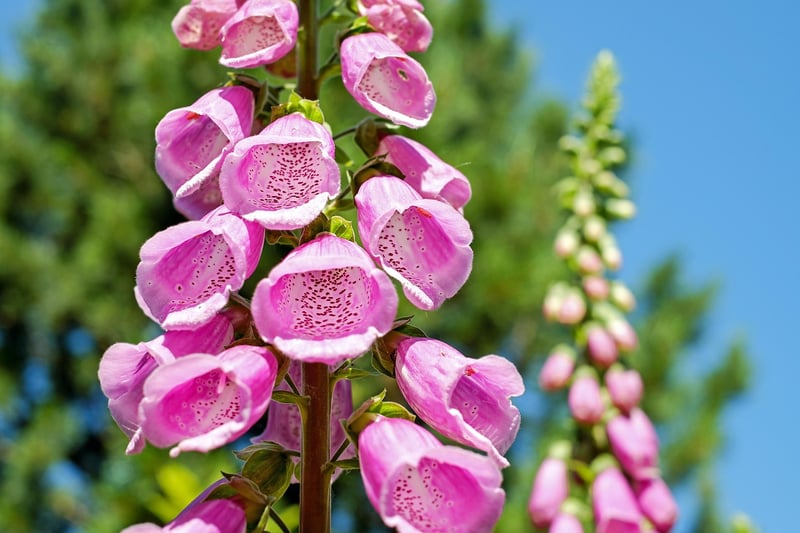Pruning Techniques
Essential Care for Vertical Gardens + Pruning Techniques
Introduction to Vertical Gardens
Vertical gardens are a fantastic way to bring greenery into small spaces or create a stunning visual impact in larger areas. They can be both aesthetically pleasing and functional, providing insulation, reducing noise, and improving air quality. However, to keep your vertical garden thriving, proper care and maintenance are essential.
Essential Care Tips for Vertical Gardens
- Watering: Ensure your vertical garden receives adequate water, especially during hot weather. Consider installing a drip irrigation system for efficient watering.
- Light: Place your vertical garden in a location that receives sufficient sunlight based on the plant's requirements.
- Fertilization: Regularly fertilize your vertical garden to provide essential nutrients for healthy plant growth.
- Weeding: Remove any weeds promptly to prevent them from competing with your plants for nutrients.
- Pest Control: Monitor your vertical garden for pests and diseases, and take appropriate measures to keep them at bay.
Pruning Techniques for Vertical Gardens
Pruning is a vital aspect of vertical garden maintenance to promote plant health and encourage optimal growth. Here are some pruning techniques to keep in mind:
1. Deadheading
Remove spent flowers to encourage new growth and prolong the blooming period of your plants.
2. Pinching
Pinch back the growing tips of plants to promote bushier growth and prevent legginess.
3. Thinning
Thin out overcrowded areas in your vertical garden to improve air circulation and reduce the risk of disease.
4. Heading Back
Cut back overgrown stems to maintain the desired shape and size of your plants.
Conclusion
By following these essential care tips and pruning techniques, you can ensure that your vertical garden remains lush, healthy, and visually appealing. With proper maintenance, your vertical garden will continue to thrive and bring joy for years to come.


